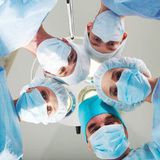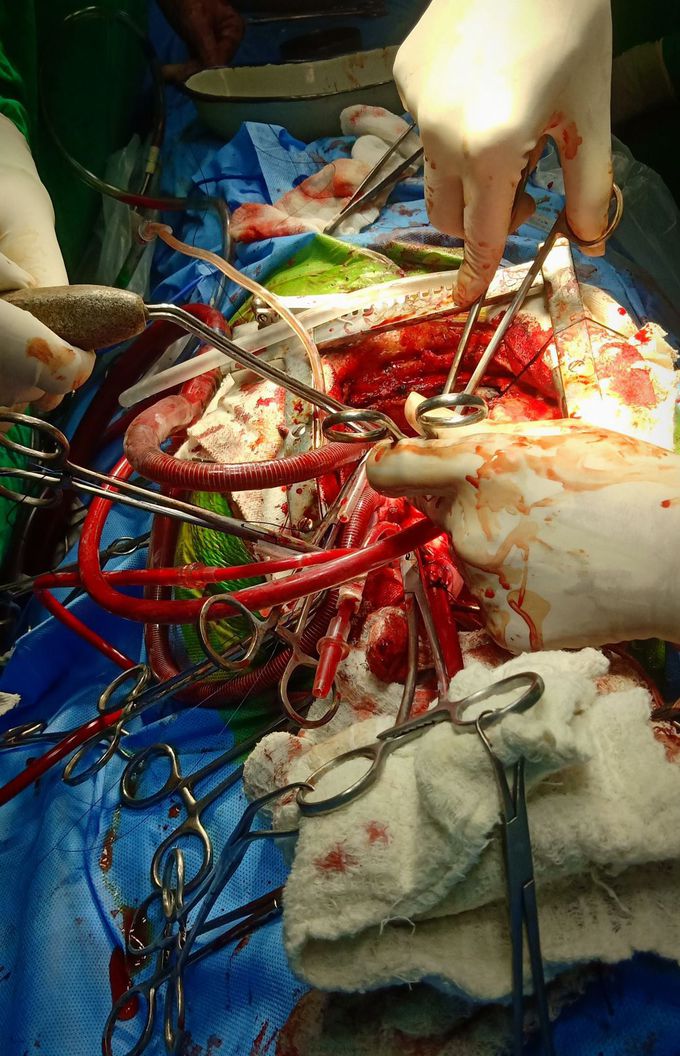


Cabg .. just great experience.. today i realize gonna someone hope, someone hero.💚
The first step in the surgery is for the surgeon to prepare the arteries or remove the veins that will be used as bypass grafts. Next, the surgeon makes an incision down the center of your chest, through your sternum (breast bone), so your heart and coronary arteries can be seen. Your heart will likely be stopped for a short time so the surgeon can perform the bypass procedure on a “still” heart. During this time, the heart-lung bypass machine takes over for the heart and lungs, so blood keeps moving throughout the rest of the body. This is called “on-pump” surgery. The pump is turned off after the grafts are in place. Your heart beat and blood flow return to normal. The surgery can sometimes be done without using the heart-lung machine, while your heart is still beating. This is called “off-pump” or “beating heart” surgery.

